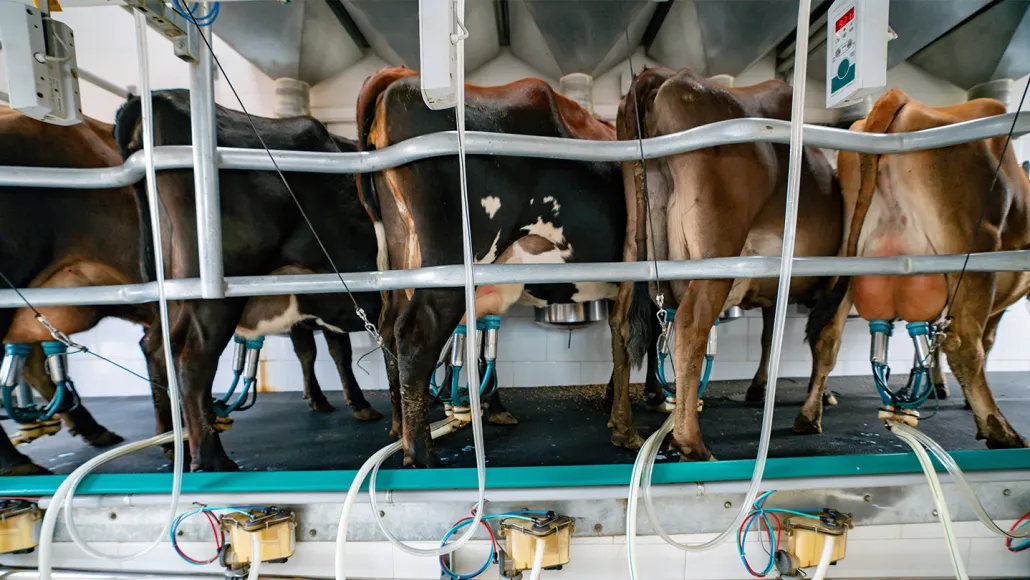The discovery of bird flu in dairy cow milk has uncovered a previously overlooked target for the H5N1 virus: mammary glands. A recent study indicates that this susceptibility is not unique to cows.
Researchers, led by virologist Amie Eisfeld from the University of Wisconsin–Madison, reported in Nature on July 8 that an H5N1 virus isolated from an infected cow spread to the mammary glands of mice and ferrets — commonly used to study flu infections in humans. A similar bird flu virus from an infected person in 2004 also reached the mammary glands in these animals. However, further experiments revealed that the virus is not very efficient at airborne transmission.
Typically, these respiratory viruses are known to infect a variety of body tissues, including the brain. Historical data hinted at the virus’s ability to invade mammary tissue. A study from 1953 showed that a different strain of bird flu could infect cow mammary glands, and another study found that the 2009 pandemic virus could infect the tissue in ferrets.
The new study shows that the H5N1 virus currently affecting U.S. cows also targets mammary glands, suggesting that this tissue is a common target for the virus.
An ongoing H5N1 outbreak in U.S. cows has impacted more than 135 dairy herds across 12 states. Some infected cattle remain asymptomatic, while others show symptoms like fever, fatigue, reduced appetite, and decreased milk production.
The virus has been detected in cow milk, with researchers reporting in Emerging Infectious Diseases that the surface of cows’ mammary cells is covered in a protein similar to that in ducks, which the bird flu virus can exploit to gain entry. This might explain how the virus spreads among cattle, potentially via contaminated milking equipment.
Bird flu has also been found in cows’ respiratory tracts. Despite the high viral load in these areas, respiratory transmission seems minimal, according to virologist Richard Webby of St. Jude Children’s Research Hospital in Memphis, Tennessee. It appears that cows are not effective hosts for the virus unless it reaches the udder.
In the new study, Eisfeld and her team exposed mice and ferrets to an H5N1 variant from a cow in New Mexico to assess symptom similarity and transmission pathways. In both animals, the virus spread to the lungs and other organs, including the brain, intestines, kidneys, heart, and mammary glands.
Infected female mice could transmit the virus to pups through milk, but no transmission occurred through direct contact. Only one of four ferrets exposed to infected animals in a neighboring cage showed signs of infection, indicating poor airborne transmission.
For humans, the overall risk remains low, according to public health officials. However, farm workers in direct contact with infected animals face higher risks. So far, four people in the United States have developed mild cases after working with infected animals. Consumers are advised to avoid raw milk, but pasteurized milk in stores remains safe. The U.S. Food and Drug Administration confirmed on June 28 that pasteurization effectively kills all H5N1 virus in milk.
Researchers are closely monitoring whether the virus is adapting in ways that could increase transmission risks. Since cows’ cells have entry portals for both bird and human flu viruses, there’s a potential for the viruses to swap genes, creating new influenza strains that could more effectively infect humans.
